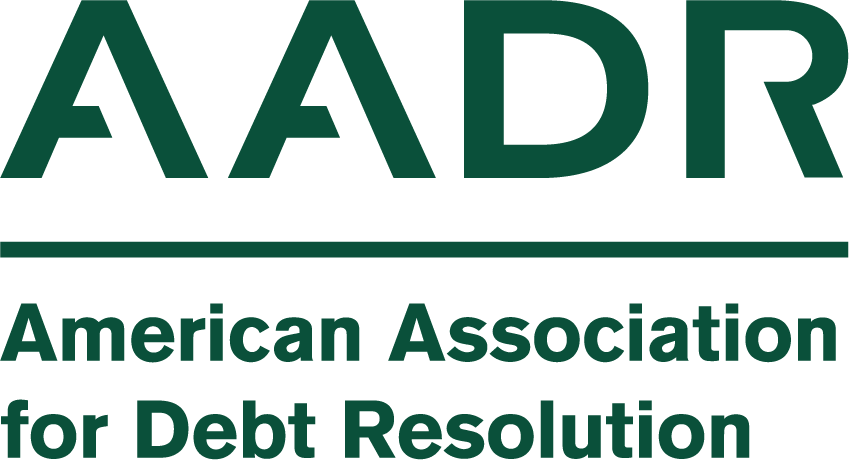By Denise Dunckel Morse
The Federal Reserve Bank of New York recently released its Report on Household Debt and Credit covering April to June 2024. This study, released every three months, provides data and insight into the credit conditions of U.S. consumers.
The latest report was bleak. What did it say, and how can debt resolution companies help alleviate the pressure U.S. consumers are under? Let’s take a look.
How much debt are households shouldering?
According to the Fed, total household debt, including mortgage debt, rose by $109 billion to $17.8 trillion in the second quarter. Overall borrowing levels are now $3.7 trillion above where they were at the end of 2019, before the onset of the coronavirus pandemic.
David Rosenberg, founder of Rosenberg Research, told Business Insider debt per person in the United States is now at an all-time high of $62,000, or about 17% higher than it was before the 2008 financial crisis.
All types of debt are rising.
Mortgage balances, which are a source of secured debt and therefore not eligible for debt resolution, increased by $77 billion to reach $12.52 trillion. Auto loans, also a type of secured debt, increased by $10 billion to reach $1.63 trillion and credit card balances rose by $27 billion to reach $1.14 trillion in the second quarter.
More and more families are unable to sustain these high levels of debt.
The New York Fed noted that, over the last year, approximately 9.1% of credit card balances and 8% of auto loan balances transitioned into delinquency. Aggregate delinquency rates held steady between the first and second quarter of 2024, with 3.2% of all outstanding debt currently in some stage of delinquency.
Additionally, about 136,000 consumers had a bankruptcy notation added to their credit reports in the second quarter.
What is the difference between secured and unsecured debt?
As noted above, the bulk of the debt consumers are carrying relates to home mortgages. Mortgages are a form of secured debt, meaning that when borrowers apply for these loans they must show collateral. Home equity loans, home equity lines of credit, and auto loans are other forms of secured debt.
In contrast, unsecured debt does not require a borrower to offer collateral. It includes personal loans, credit cards, and medical loans. Debt resolution companies can help consumers reduce their unsecured debt burdens.
Readers may notice that one big piece of the consumer debt puzzle is missing from these descriptions: student loan debt.
Student loans are a type of unsecured debt — a borrower does not need to offer collateral to secure one. The vast majority of student loans, about 92 percent according to AADR member company National Debt Relief, are backed by the federal government. Though federal student loans are technically unsecured, debt resolution companies cannot help consumers tackle this type of debt burden. (Though, as this 2018 Fortunearticle explained, student loan borrowers have other options for reducing their balances.)
How do debt resolution companies reduce unsecured debt?
Debt resolution is a process regulated by the U.S. Federal Trade Commission (FTC) that allows consumers in financial distress to put their unsecured debt in the past.
Consumers first contact a debt resolution company to speak to an experienced consultant who can help determine whether debt resolution might be an appropriate option. Generally, consumers who contact AADR companies owe more than $25,000 in unsecured debt and are behind on paying several accounts.
When deciding which company to contact, consumers can start with our list of AADR member companies. These companies are all accredited through a bi-annual audit by an independent auditor in which their practices are audited for compliance with federal and state regulations as well as AADR industry standards. AADR accreditation is a steadfast commitment to reliability, accountability and transparency. It signifies a company upholds the industry’s highest standards and represents its clients’ best interests in negotiations with creditors.
If a consumer decides to go ahead, they will apply to be part of a company’s debt resolution program. Following an underwriting process, a debt resolution provider creates a personalized plan based on a consumer’s unique financial position. The client creates a separate savings account, dedicated to addressing their debts, with a debt resolution payment processor; this account is not affiliated with the debt resolution provider and is always under the complete control of the consumer. Debt resolution companies never touch client funds.
Once the consumer has set aside sufficient funds in their dedicated account, debt resolution specialists negotiate with creditors to settle a consumer’s unsecured debt for less than what they owe. Once a settlement offer is made, the consumer has the right to choose whether or not to accept it. Consumers are not obligated to accept any settlement and can reject it without being charged a fee by the debt resolution provider. If the consumer accepts a settlement, payment to that creditor is made from the consumer’s dedicated account.
This process then repeats with every line of unsecured debt a consumer would like to resolve. You can read more about these steps in our Debt Resolution 101 fact sheet.
U.S. consumers save about $1.8 billion annually with the help of debt resolution companies. With household debt rising rapidly and more consumers falling into delinquency, preserving access to debt resolution is more important than ever.



